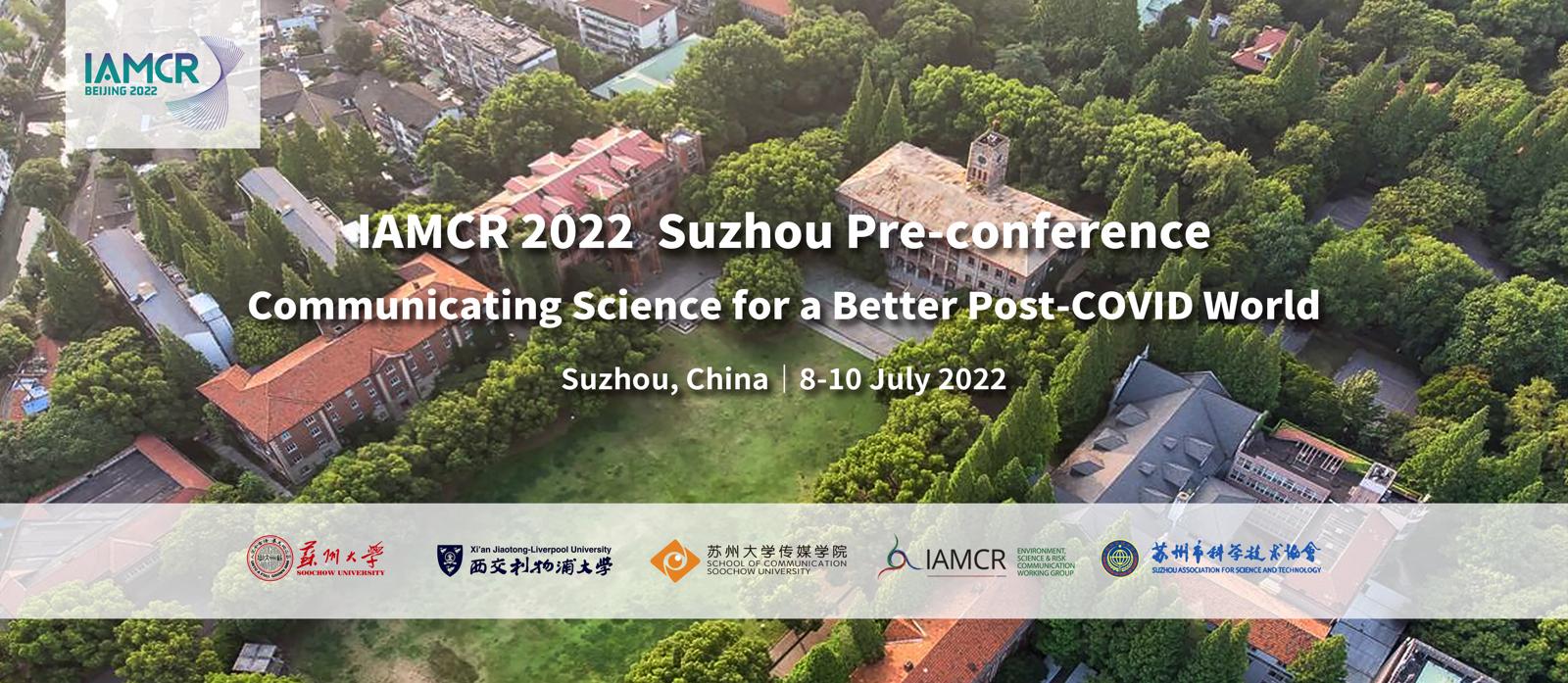Revealing the public’s cognitive bias on risks has always been an important subject of risk cognition research. In the field of communication, many scholars have conducted surveys with psychometric scales, or analyzed the risk perception status of key groups and their influencing factors focusing on social platforms represented by Weibo. In the early stage of the risk event, the public tends to experience anxiety and panic, but in the later stage, with the development of large-scale publicity activities, their cognitive level has been significantly improved, and their opinions have become more comprehensive and rational. In recent years, with the global pandemic of COVID-19, analyzing the public’s risk perception of the epidemic has attracted the attention of academics.
At present, the epidemic prevention and control work in China has become normal, and coexistence with epidemic risks has become a continuous social state.This study believes that the period of high damages of the epidemic may be over, however, the risk of the epidemic has entered a period of normalization, and the public’s risk perception during this period is also different. In this context, this study puts forward the following hypothesis: in the period of normalization of risks, the public’s cognition and emotion will be different in stages, the endogenous risks in society will be further highlighted and social conflicts and crises in the past will also be triggered by the epidemic as secondary disasters in this public health crisis. In view of the above analysis, based on the actual situation of the epidemic in China, combined with the user texts available for search on the Weibo platform, this study uses Python to crawl the user-generated text content on the Weibo platform in the three stages and, integrating representativeness and popularity, screens out 34,590 user texts to form the research samples, then uses sentiment rules and lexicon-based methods to perform sentiment polarity labeling and intensity analysis on data texts. Combined with topic modeling, the content analysis of the public’s cognition transformation and emotion evolution of different topics at different stages is carried out, and the differences and social endogenous risks of public cognition and emotion in different stages are further explored. In this context, this study puts forward the following hypothesis: in the period of normalization of risks, the public’s cognition and emotion will be different in stages, the endogenous risks in society will be further highlighted and social conflicts and crises in the past will also be triggered by the epidemic as secondary disasters in this public health crisis, The dissolution of trust, the collapse of rationality and the infection of negative emotions have become social crises that need to be paid attention to in addition to the epidemic itself.

 京公网安备 11010802039275号
京公网安备 11010802039275号